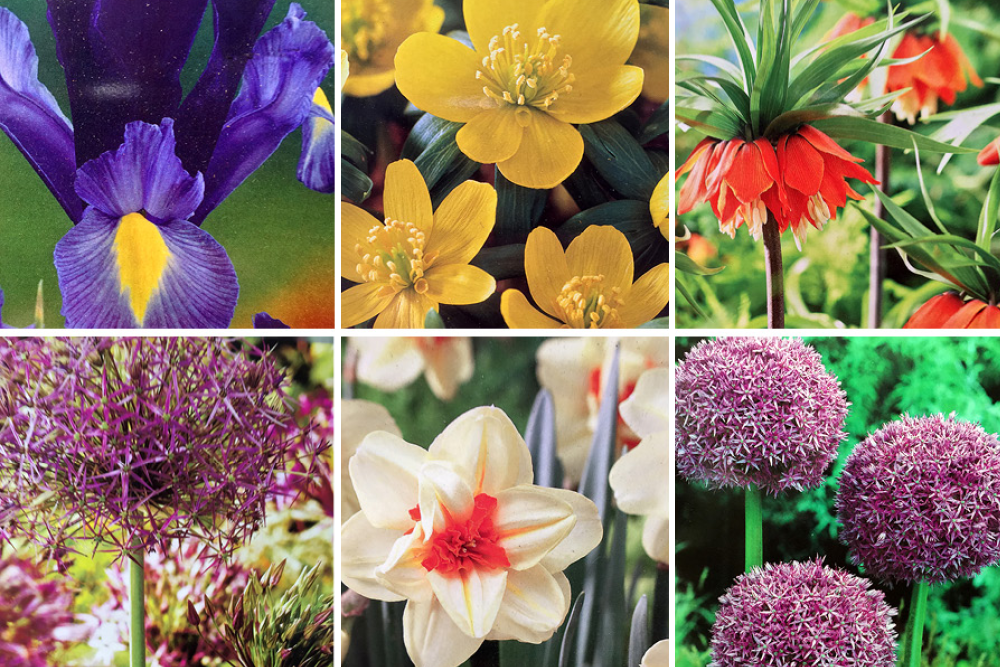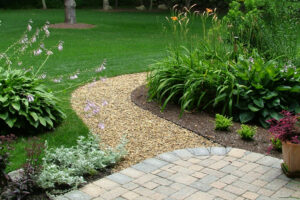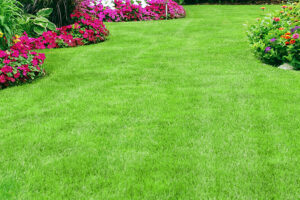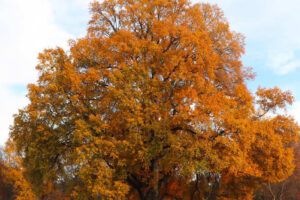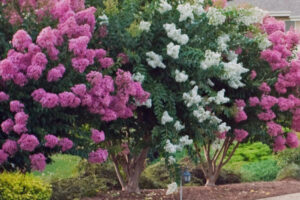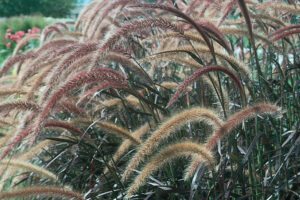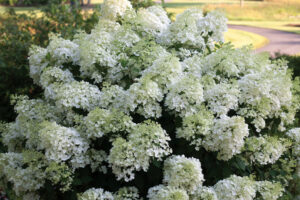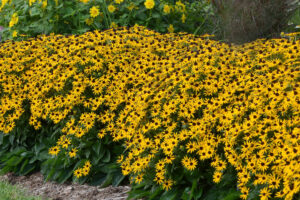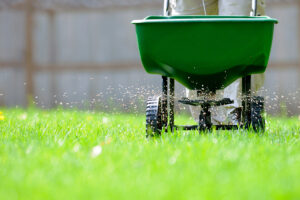As the days get shorter and the weather cools, many gardeners start to wind down their planting for the year. However, fall is the perfect time to start planning for next year’s garden by planting spring-blooming bulbs. Bulbs are a simple, low-maintenance way to ensure your garden bursts into vibrant color when the weather warms up again. By planting bulbs now, you’re setting the stage for a spectacular display of tulips, daffodils, and more when spring arrives.
Why Plant Bulbs in the Fall?
Planting bulbs in the fall is crucial because it allows them to establish strong roots during the cold months. As the temperatures drop, the bulbs settle into their new home and prepare to sprout once the soil warms up in spring. This natural cycle is critical to ensuring a healthy and abundant bloom.
Imagine the joy of seeing your garden come alive with color after the long winter. By planning ahead, you can create a stunning display that will provide months of enjoyment. Plus, bulbs are incredibly low maintenance—once they’re in the ground, they do most of the work themselves, returning year after year with little effort on your part.
Creating a Garden Full of Color
To get the most out of your spring bulb plantings, consider combining different types of bulbs for continuous bloom. Tulips and daffodils are classic choices that add color to any garden. But why stop there? Pair them with fall plants like mums and pansies for a garden that stays colorful from fall through spring.
One of the best things about bulbs is that they blend seamlessly with other seasonal plants. As your spring bulbs fade, you can add summer annuals over them, ensuring your garden remains colorful all year. This layering technique keeps your garden looking fresh and maximizes your planting space.
How to Plant Bulbs
When it comes to planting bulbs, more is always better. Rather than scattering bulbs individually throughout the garden, plant them in clusters, clumps, or masses. This creates a bolder, more cohesive look that makes a more substantial visual impact.
For the best results, we recommend planting a minimum of 5-7 bulbs per clump. A large, 18-inch container can easily hold around 24 bulbs, allowing for a lush, full display. Whether you’re planting in pots or directly in the ground, make sure to group your bulbs together for maximum effect.
Tips for Success
- Timing: The best time to plant bulbs is in the fall before the first frost. This gives them plenty of time to establish roots before winter.
- Location: Choose a sunny or partially shaded spot in your garden with well-drained soil. Bulbs don’t like soggy soil, so make sure the area drains well to avoid rot.
- Depth: Plant your bulbs about three times as deep as the bulb’s height. For example, if your bulb is 2 inches tall, plant it about 6 inches deep.
- Watering: After planting, water your bulbs thoroughly. While they won’t need much attention over the winter, giving them a good soak helps them settle into their new home.
Planting bulbs in the fall is one of the easiest and most rewarding ways to ensure your garden is full of color when spring rolls around. By thinking ahead and planting clusters of bulbs, you can create a garden that delights you from the moment the first flowers bloom. Pair your spring bulbs with fall plants, and layer in summer annuals later to keep the color going all year. With just a little planning and effort, you can create a beautiful, low-maintenance garden that brings joy season after season.

